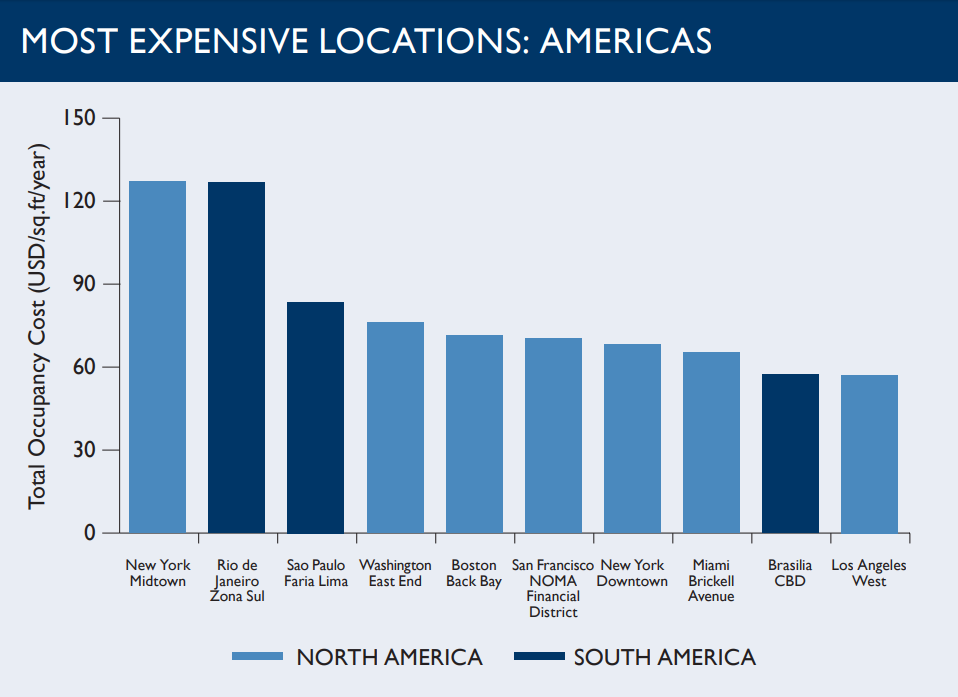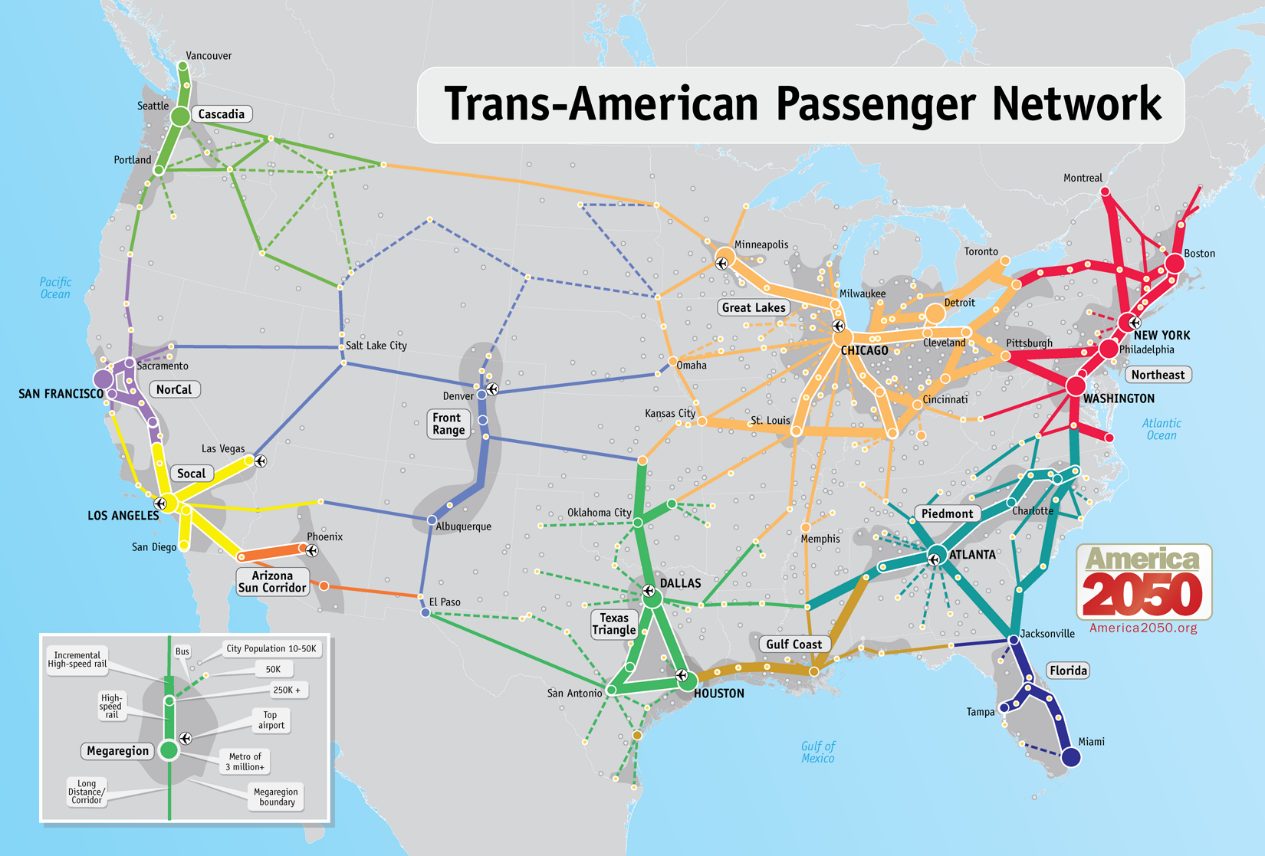By Lance A. Scott, Founder and CEO
Alliance Technologies
The vastness of the American market has a strong influence on the cost of doing business, and there are additional factors related to the uniquely capitalistic environment that also impact the expense of operating a U.S. office. Planning appropriately for retention of employee talent, securing attractive office space, acquiring new customers, and developing distribution and sales channels will help organizations to avoid the shock of comparatively high costs of doing business in America.
Local Human Resources (HR) Budgets
Given Europe’s reputation as having one of the most expensive labor markets in the world, international executives are often astounded at the requested salary levels for U.S. employees. According to the U.S. Consumer Expenditure Interview Survey, U.S. employees rank highest among any other country for both disposable and gross income.
However, it is vital for European management to recognize that U.S. employees and employers typically endure much higher social costs due to comparatively limited government support. Employees and employers alike are confronted with the rapidly increasing expense of health insurance, retirement savings accounts (e.g. 401(k), SEP), disability insurance, unemployment insurance, workers compensation insurance and the daunting task of saving for university education – often for multiple children. A common understanding of these economic differences is essential to avoiding international tension and misinterpretation.
Price of Office Space
Not unlike Europe or Asia, commercial properties in major population centers in the Americas come with a substantial price tag. However, the vast geographic distances between major American cities and industry-specific key customer concentrations underscore the importance of U.S. office location. Higher lease rates and expensive real estate are typically associated with these “megaregions” as they also provide easier, more convenient access to customers; resources and capital; and an educated, well-trained talent pool.
While international companies could save money in securing space in more remote areas, they have to consider the additional costs of locating away from the population centers and the corresponding concentrations of talent, capital, education, healthcare, and other resources.

Figure 1: Most Expensive Locations: Americas
Source: Cushman & Wakefield - Office Space Across the World
Travel Expenses
Due to this broad geographic dispersion of customers in the Americas, the majority of European nations benefit from a much higher key account density with most customers accessible by auto or rail within one day of travel time. Alternatively, traveling within U.S. megaregions is often restricted by heavy auto congestion and a very limited passenger rail infrastructure, and travel between megaregions is almost always planned as part of a multi-day itinerary.
Although efforts are finally underway to modernize the passenger rail infrastructure within and between North American megaregions, this is heavily influenced by local political and economic status and likely to take decades to evolve. Traveling between North American megaregions is therefore even more cost prohibitive because most journeys require air travel, hotel stays, rental cars, meals and related expenses. While the frequency of customer visits is typically less than that of their European or Asian counterparts, companies can generally anticipate much higher travel expenses compared with other geographic regions.

Figure 2: 30-year Phased Proposal to Enhance Trans-American Passenger Rail
Source: America2050.org
Marketing Budgets
The lure of the North American market attracts nearly all top global competitors from the Americas, Europe and Asia, elevating the importance of capturing and retaining customer attention in a crowded competitive space. An often-decentralized sales team requires consistent and effective training and sales tools, and the drive toward digital communication demands nearly continuous accessibility for customer service, product information, and customer educational resources.
Coupled with the high costs of travel, qualified personnel, and intense pricing/margin pressure, there is an elevated demand for companies to invest in the development of highly-effective marketing materials, whether focused on the customer experience, lead generation or brand recognition. Companies must prepare for comparatively higher investment in websites, digital communication tools, webinars, tradeshows/exhibitions, conferences, sales training, product demonstration, promotional items, and other constantly evolving marketing collateral.
Channel Partner Impact on Margins
Without a well-considered and collaborative implementation strategy, the increased reliance on distribution and sales channel partners can negatively influence margins. While these highly-sophisticated channel partners can greatly accelerate market access for a global organization, companies must consider pricing structures carefully to protect contribution margin, entice direct OEM business for higher volume needs, and to remain competitive in an aggressive American marketplace.
Overcoming the Challenge
Careful research and planning can help international advanced manufacturing companies to prioritize investments and avoid costly missteps when entering the American market:
- Avoid being “penny wise, pound foolish.” Don’t try to save money in the wrong places as it will negatively influence your overall growth. Understand that companies must offer competitive compensation and benefits packages to attract and retain top talent. Also, keep in mind that lower rents are only helpful if companies retain access to customers, skilled labor, etc.
- Carefully weigh the pros and cons of remotely located employees. While they may present a great opportunity to increase access to customers, this strategy comes with challenges related to management interaction, cultural integration, team-building, IT and infrastructure.
- Don’t wait to invest in marketing until it’s too late. At minimum, businesses establishing a presence in the Americas will need corporate branding, a comprehensive website, cooperative marketing relationships with channel partners, educational resources and most importantly, a go-forward plan to maximize the ROI of their investment.
- Customers are forming expectations that increasingly reflect their desire for a stronger overall customer experience. It’s critical to invest in customer service, including inside technical support and external applications engineering or service support where appropriate.
- Treat your distribution partners as key accounts. They represent an essential part of your overall market strategy and must be embraced as key collaborators in your growth plan.

